Customer Services
Copyright © 2025 Desertcart Holdings Limited
Desert Online General Trading LLC
Dubai, United Arab Emirates
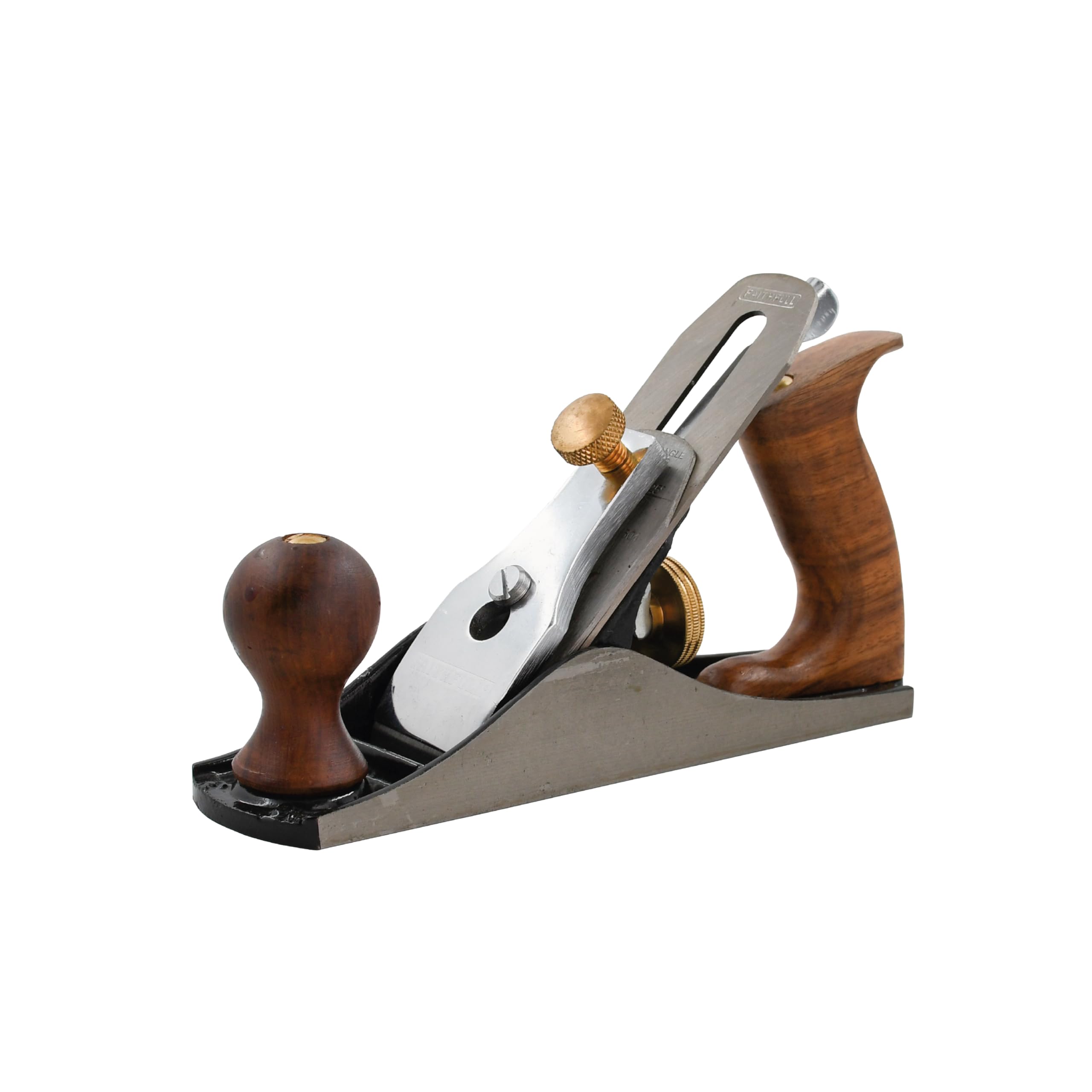

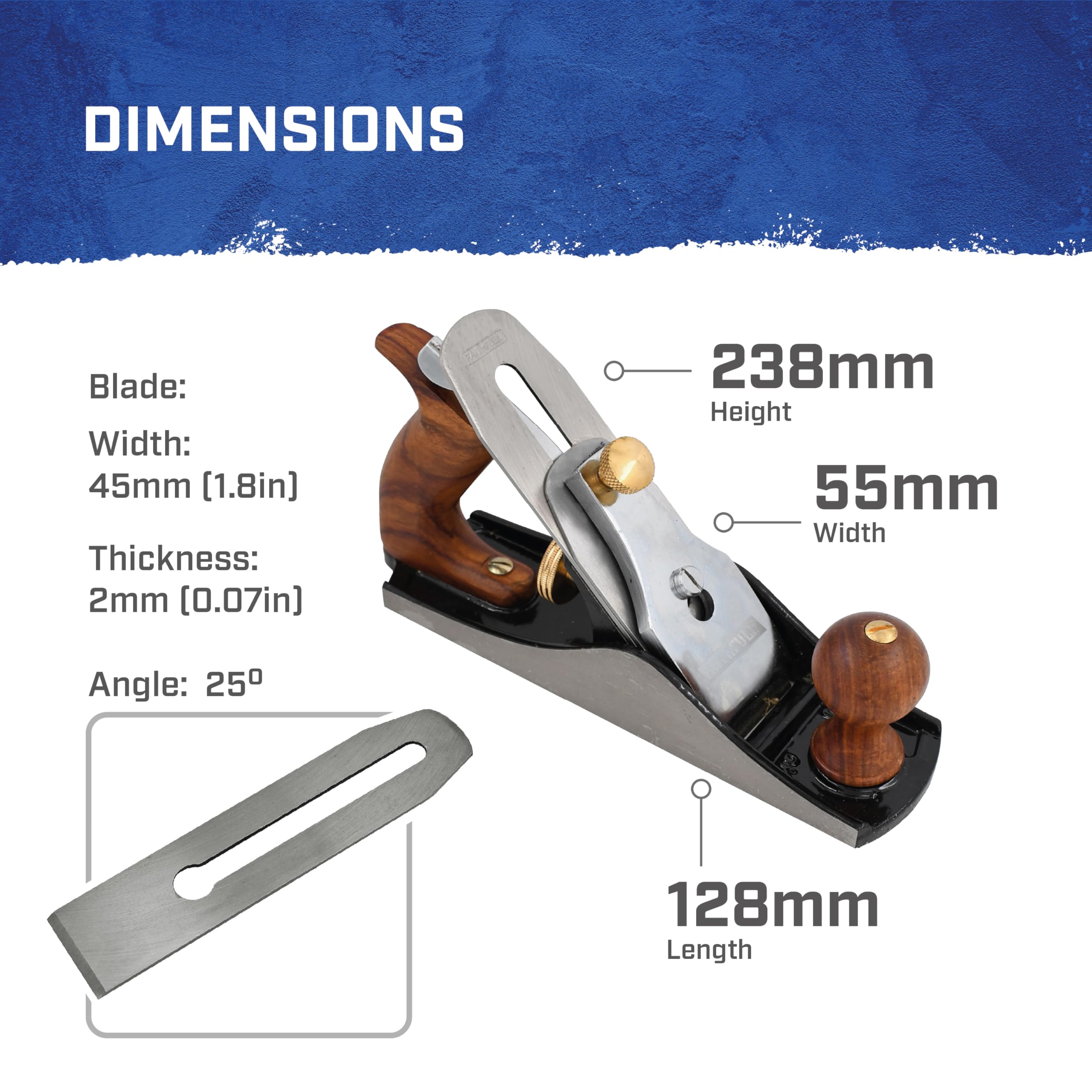
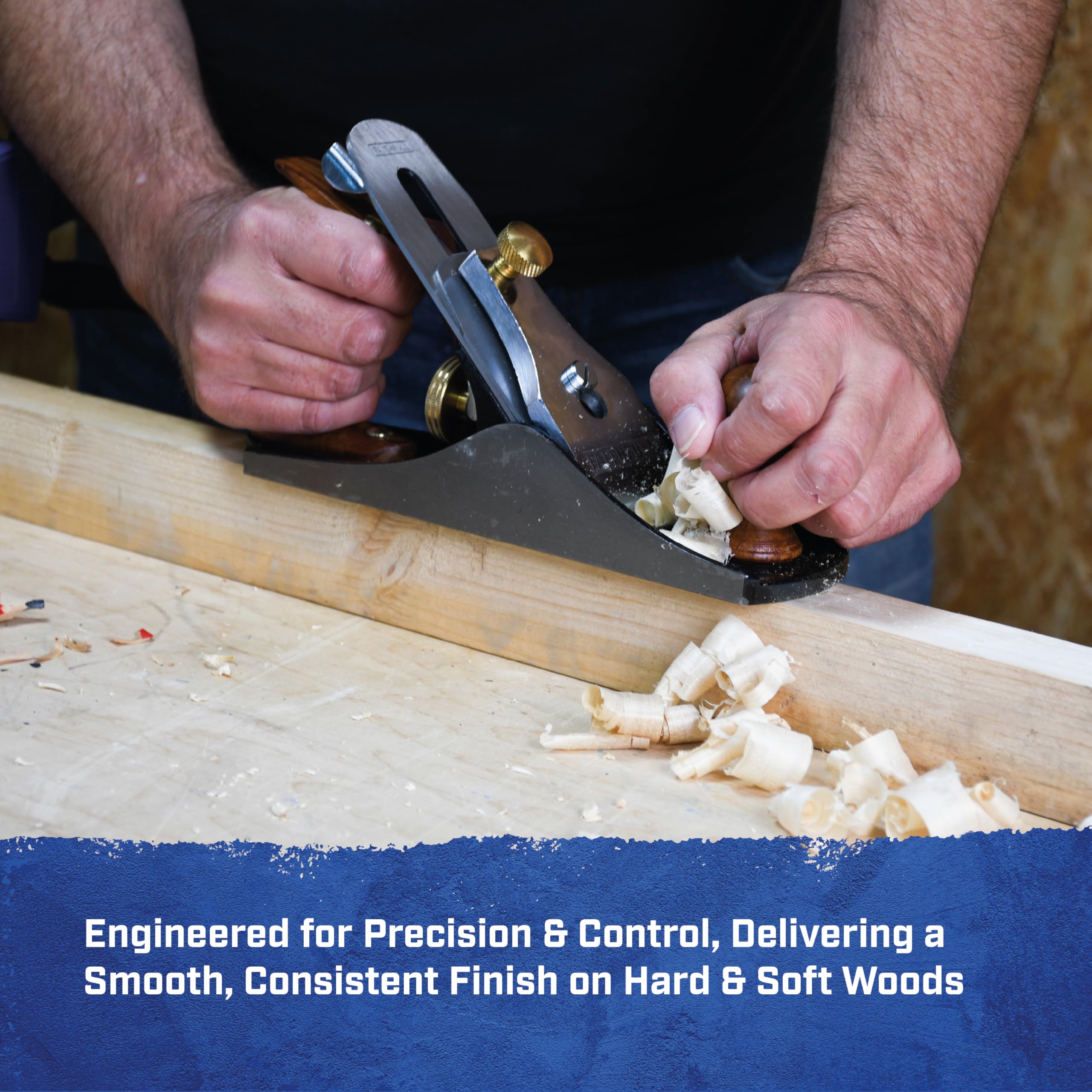
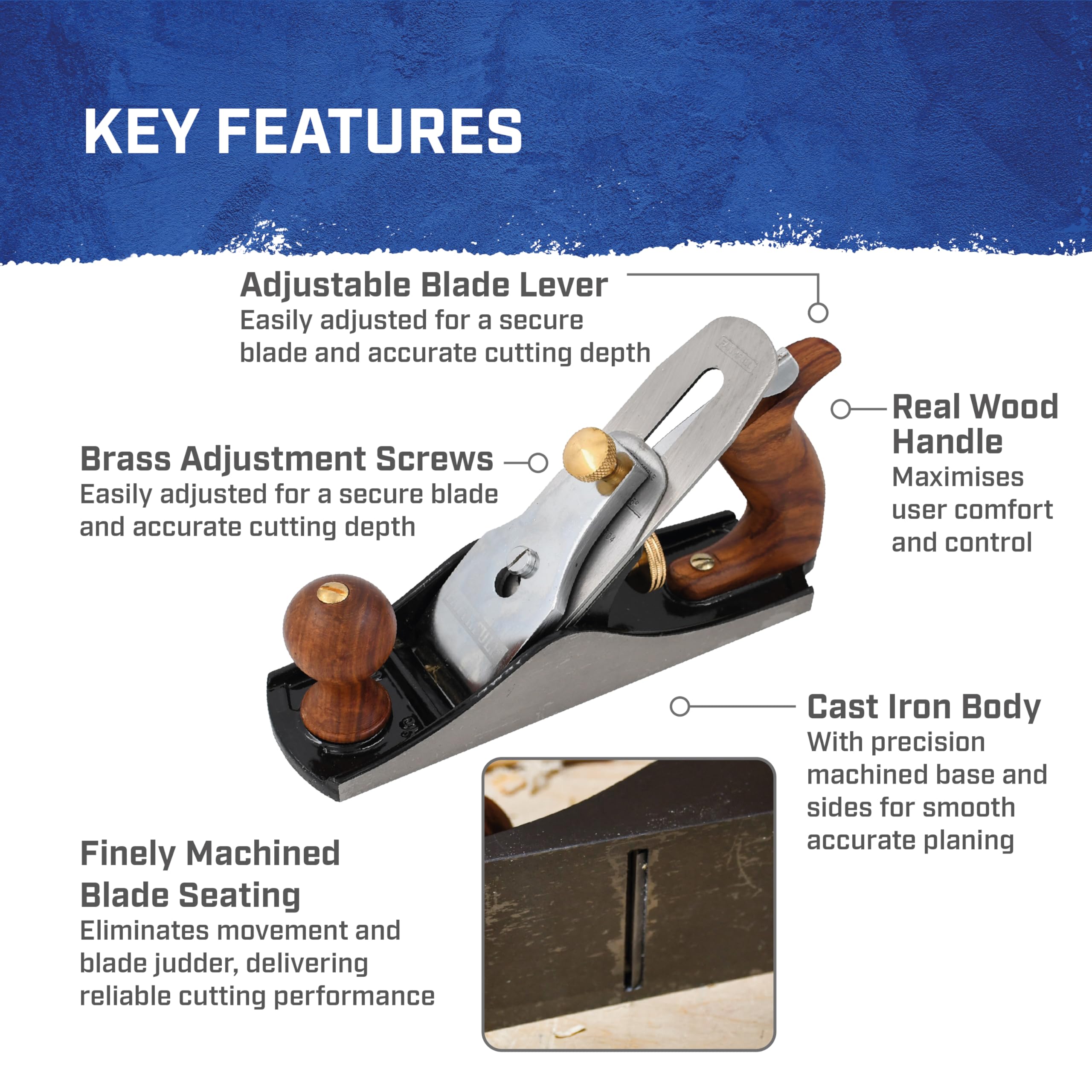
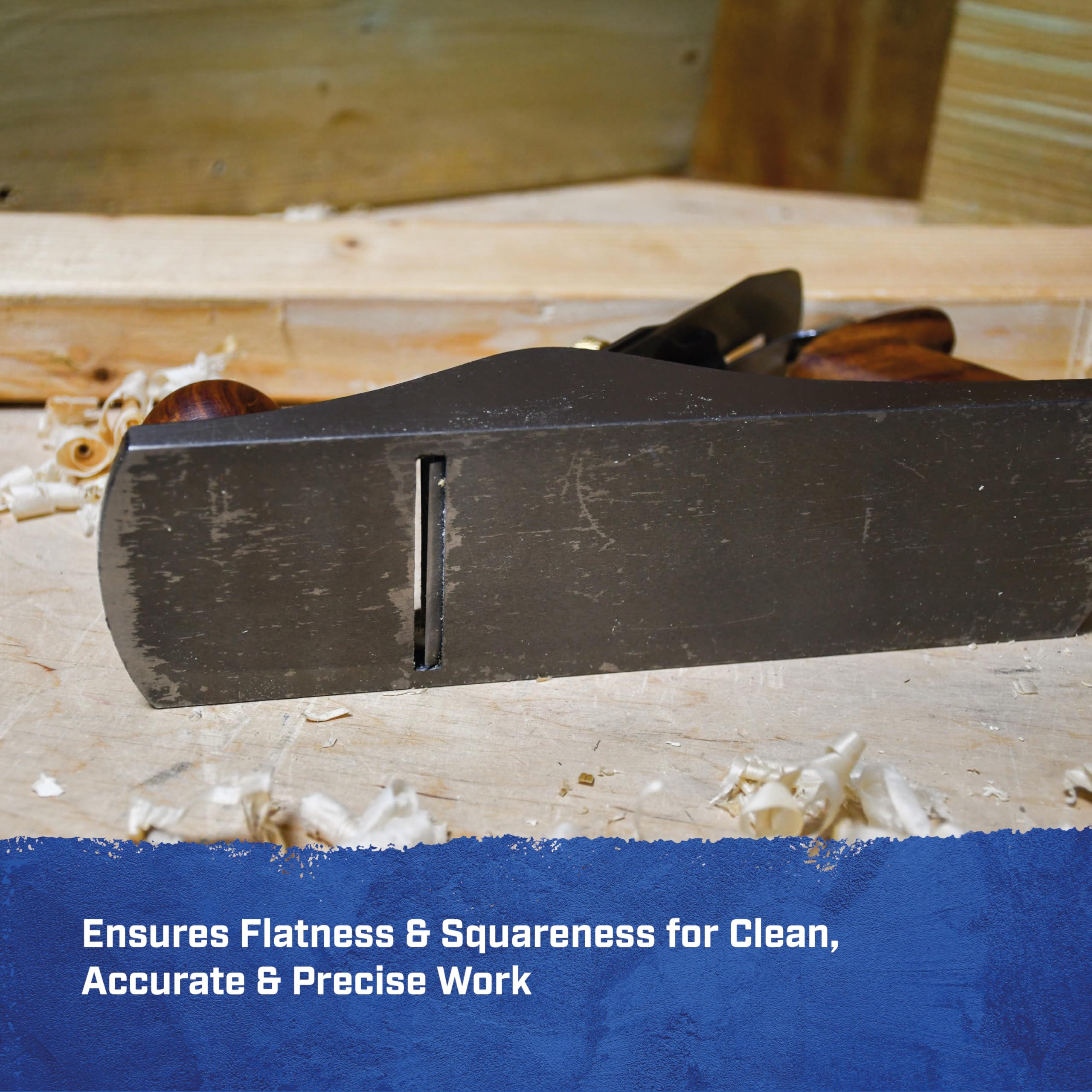
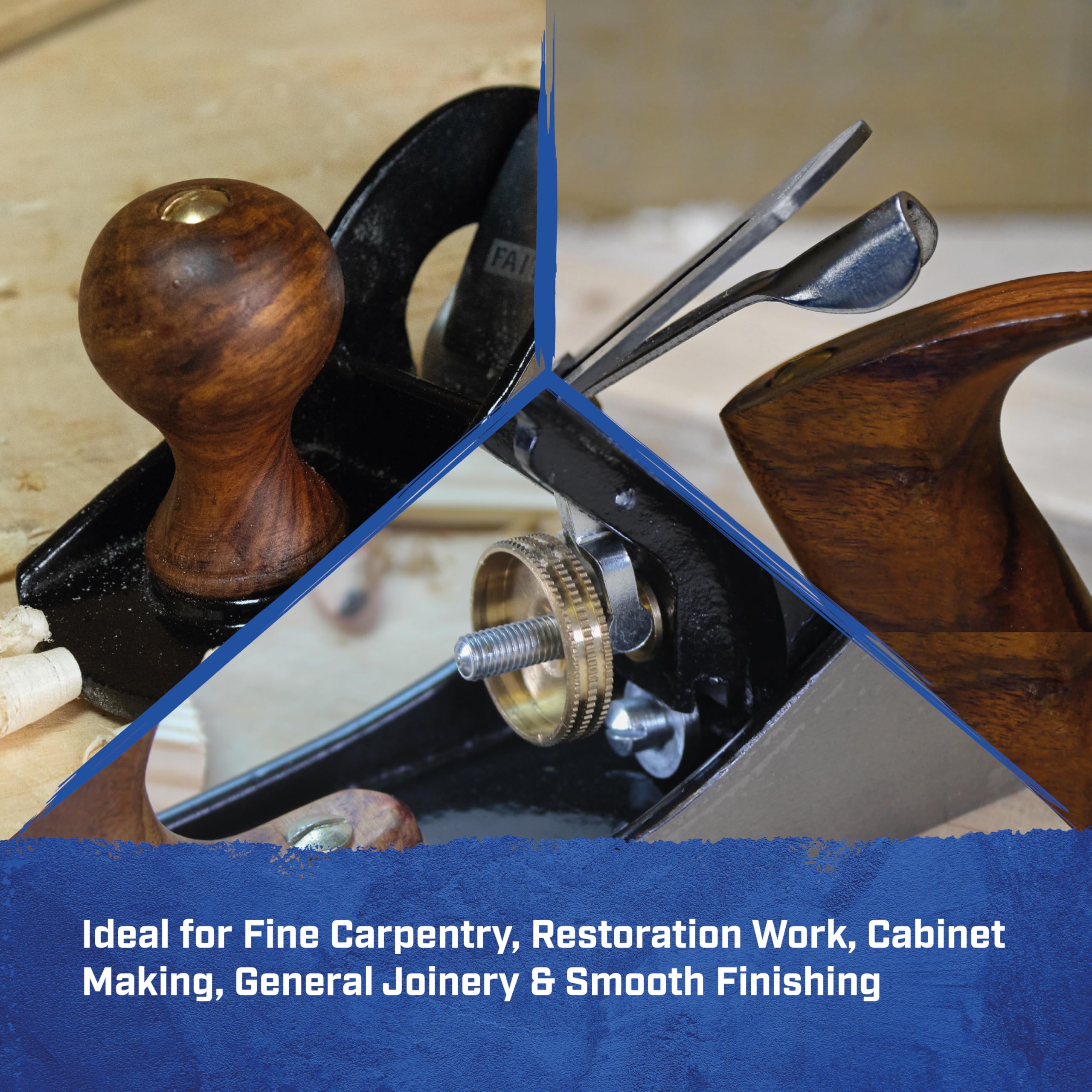
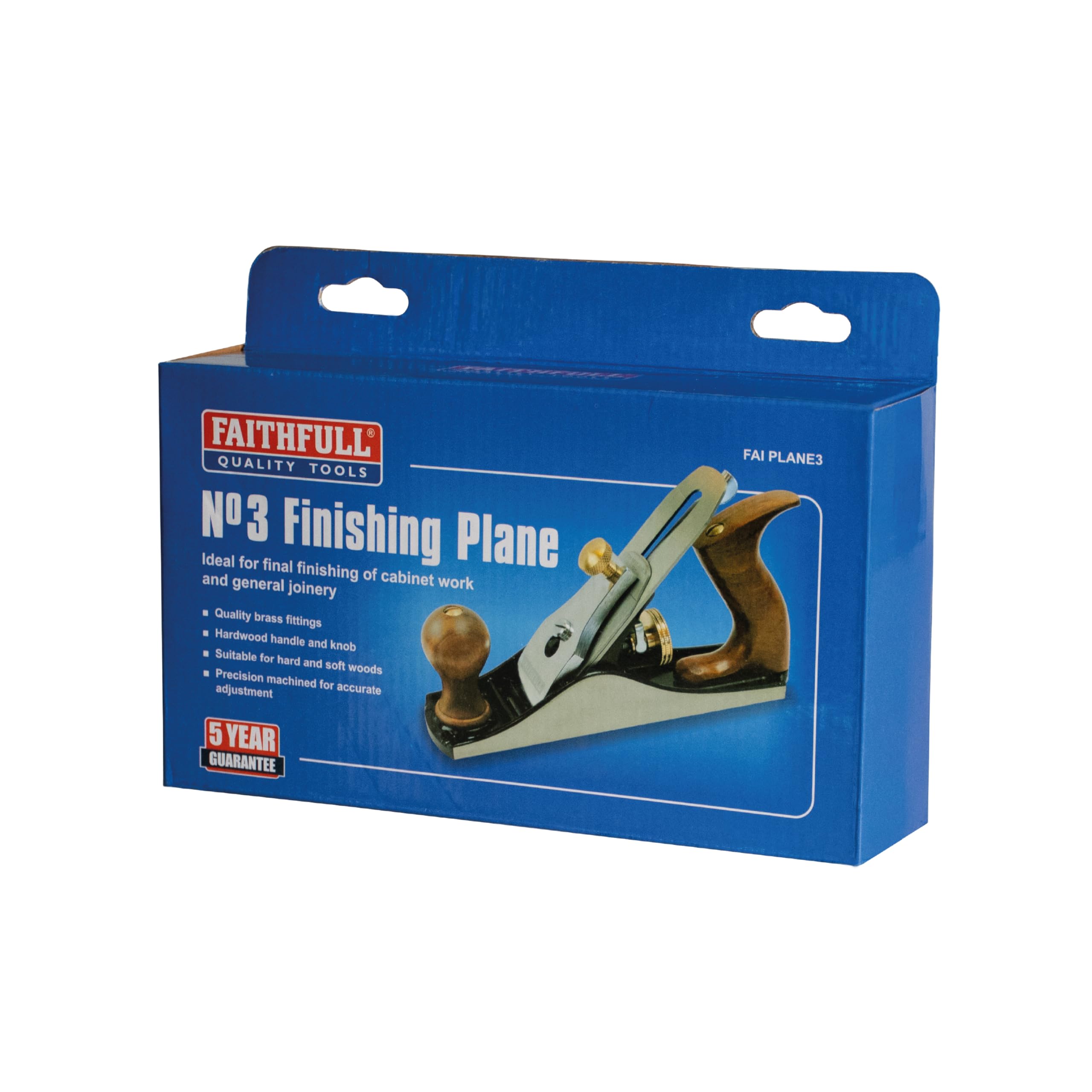
🪚 Elevate your craft with precision and comfort – don’t settle for less!
The Faithfull No.3 Finishing Plane is a premium cast iron woodworking tool engineered for precision and durability. Featuring a finely ground base and sides for perfect flatness, a brass locking screw and adjustment nut for smooth blade control, and ergonomic wooden handles for comfort, it delivers flawless finishes on both hard and soft woods. Ideal for cabinet making, joinery, and furniture restoration, it combines classic design with modern machining, backed by a 5-year guarantee.
| Manufacturer | Faithfull |
| Part Number | FAIPLANE3 |
| Product Dimensions | 7 x 15 x 25 cm; 1.47 kg |
| Item model number | FAIPLANE3 |
| Colour | Grey |
| Style | Single |
| Material | Cast Iron |
| Power Source | Manual |
| Item Package Quantity | 1 |
| Included Components | 1 x Number 3 Smoothing Plane |
| Batteries included? | No |
| Batteries Required? | No |
| Item Weight | 1.48 kg |
Trustpilot
1 day ago
2 months ago